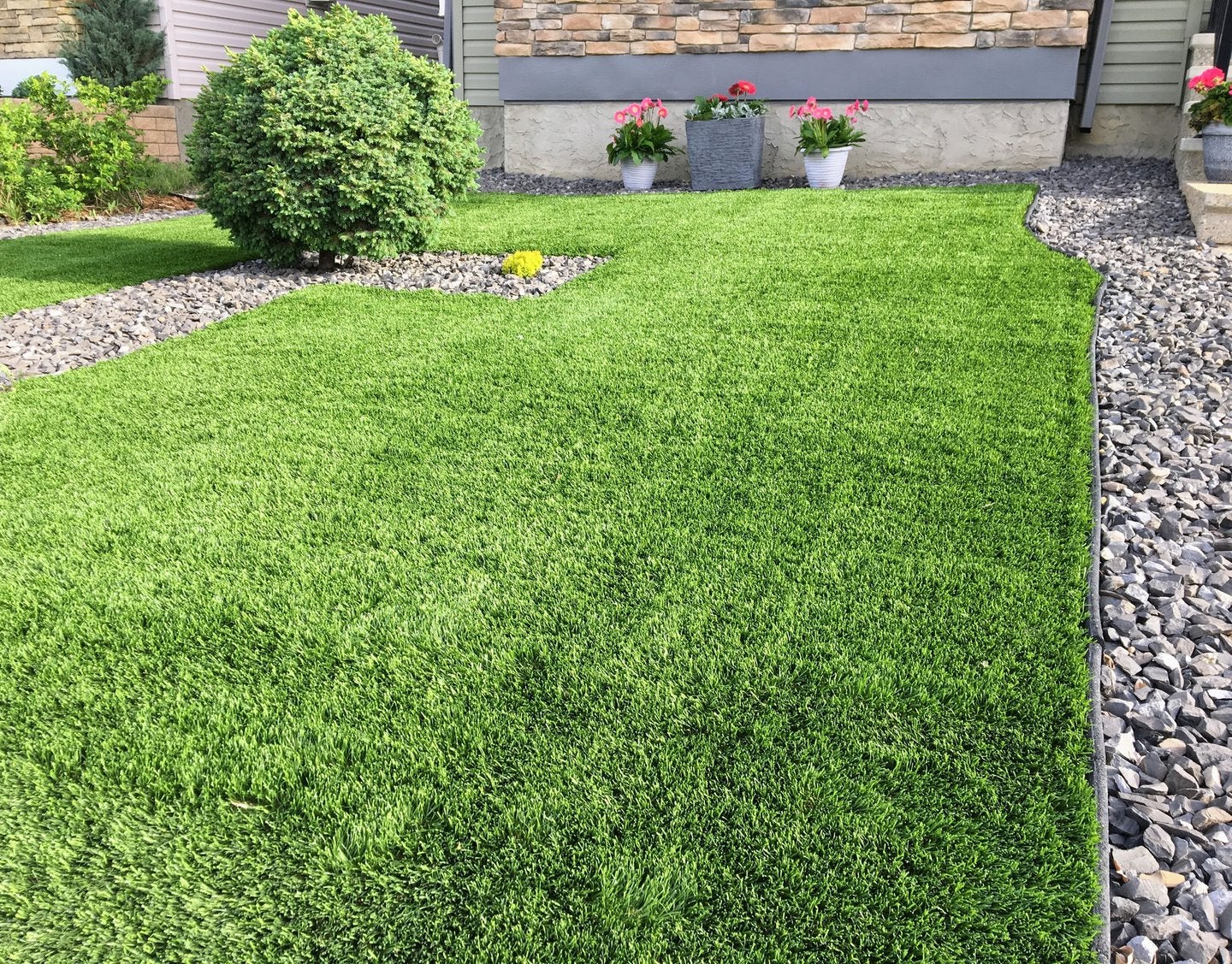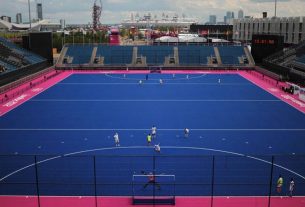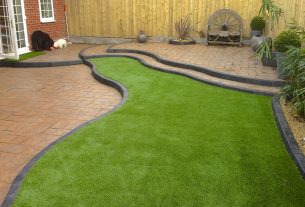Is it possible to breathe life into an older, mistreated cricket wicket? If you’re interested in more information on the topic of artificial cricket wicket repair this specific web page www.artificialgrassmaintenance.co.uk/cricket-pitch-wicket-maintenance-installation offers many more threads referring to end of season cricket pitch maintenance.
To successfully standardise the playing surface and supply a wicket which you can use in most circumstances, a lot of leisure centres, institutions and cricket clubs use artificial wickets. Although synthetic pitches are more resilient than organic wickets, they also need frequent routine maintenance to ensure they are in great condition. Thankfully, even old, mistreated pitches can be brought back to life with a little bit of Tender loving care and also most suitable treatment.
Man-made Wickets
Artificial pitches are usually laid on either a dynamic (stone) or non-dynamic (macadam or concrete) base. The top of the cricket wicket is made of premium quality short pile carpet that is either wood edged and nailed or nailed directly into the aggregate. Shock pads are usually installed below the surface of the wicket to make sure the cricket ball bounces correctly and also that the synthetic pitch responds the same way to the cricket ball all the time, what ever the weather conditions.
Maintaining A Synthetic Pitch
Like all manufactured surfaces, synthetic cricket wickets have to be correctly maintained if they’re to provide the very best playing wicket month in month out. Our recommendation is that anyone having an synthetic cricket wicket should implement a yearly deep clean schedule, level the batting region frequently and use at least one chemical treatment every six months.
Regardless of frequent repairs and maintenance, cricket wickets can easily deteriorate with time, shock pads can harden and areas could become irregular. If you see that the bounce of the cricket ball is starting to become uneven or that the surface area is looking tired and worn, it might be the perfect time to give your synthetic wicket a facelift.




